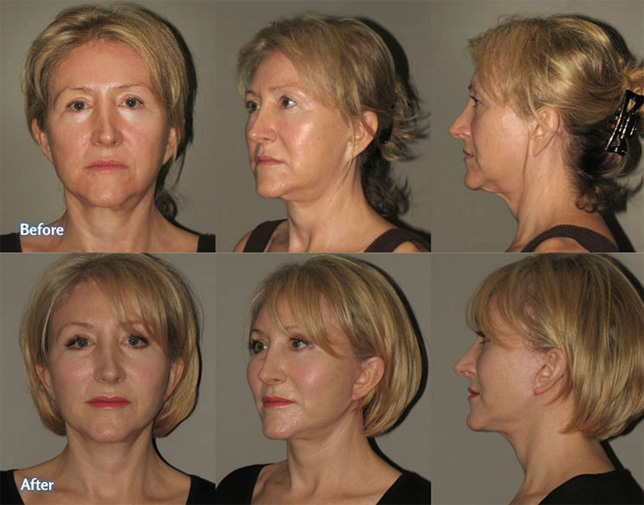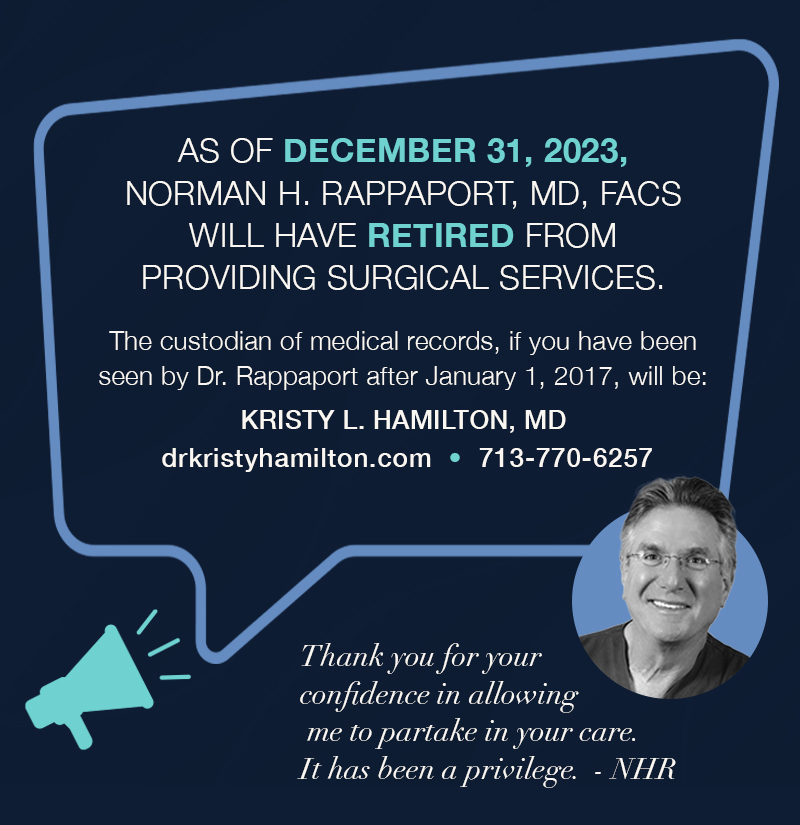
Rhinoplasty: The Healing Process
Rhinoplasty or nose reshaping surgery offers a myriad of benefits, from providing balance and proportion to your facial features to addressing specific cosmetic concerns involving the nose. Rhinoplasty may even be recommended for medical reasons, such as to correct a deviated septum to make breathing easier. No matter what your reason might be for undergoing rhinoplasty, there are a few things you need to know before your surgery to make the recovery process as comfortable and successful as possible.
Pain is Minimal
Most patients are pleasantly surprised at the low level of pain after rhinoplasty. Oral pain medication is typically taken for the first few days, but you will likely be ready to switch to over-the-counter medications or even forgo pain medicine completely much sooner than you expected. Despite the reduced pain level, there are other aspects of your recovery that will likely keep you at home for up to two weeks after your procedure.
Prepare for Congestion
After rhinoplasty, you will probably go home with splints and packing in inside and on the outside of your nose to hold its new shape and address bleeding and drainage during the first few days. The packing, combined with The effects of the surgery, will may likely make you feel as congested as if you have a very bad cold. Since you will may be breathing out of your mouth for the first week or so, it might be helpful to have a humidifier or two ready to go at home to keep your throat moist while you sleep.
Give Swelling Time
Swelling is another major side effect after rhinoplasty and can persist for some time after surgery. The majority of the swelling will likely go down by two to six weeks later, while the last bit of swelling can take 12-18 months to resolve completely. If you are self-conscious about your procedure, you may want to consider taking two weeks off to allow most of the swelling and accompanying bruising to diminish before you make your first public appearance.
Tips for Success
With these three facts in mind, there are a number of steps you can take to prepare for your procedure and ensure your recovery process is as quick and comfortable as possible:
- Stop smoking at least three weeks prior to surgery and remain smoke free for a minimum of three weeks after your procedure
- Apply ice packs after the procedure as directed to reduce swelling and discomfort
- Avoid medications like aspirin and ibuprofen after surgery that could make bleeding and bruising worse
- Keep your head elevated above your heart, including while you sleep, to promote healthy blood flow and reduce swelling
- Wear shirts that button or zip in the front for a number of days to avoid pulling clothing over your head
- Plan to wear contacts in the weeks following surgery to avoid placing glasses on the bridge of your nose
- Do not allow the nose to be exposed to direct sunlight in the weeks following surgery, always wear sunscreen and a hat
- Avoid rigorous exercise and swimming for a number of weeks after rhinoplasty
While the recovery from rhinoplasty can take some time, most patients find it is well worth it when the results of their procedure are fully evident. To learn more about healthy recovery after rhinoplasty, contact Dr. Rappaport at Houston Center for Plastic Surgery at (713) 790-4500 and visit our website at normanrappaportmd.com.


